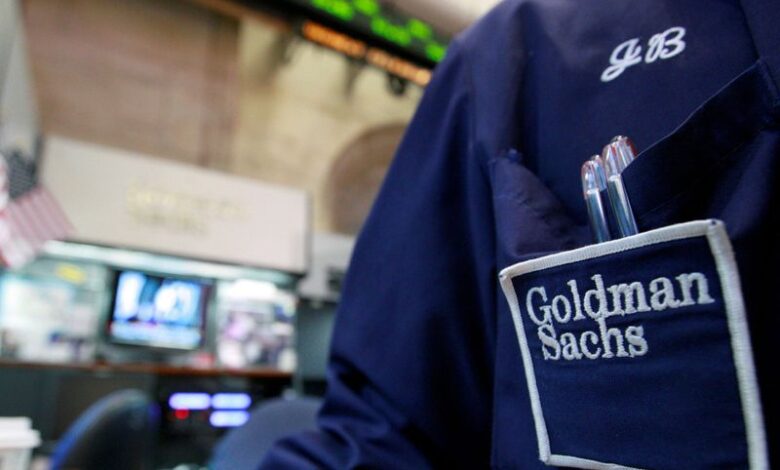Goldman: Market stress elevated but not at level to force Fed to intervene

Higher volatility has led to increased market stress this week, Goldman Sachs economists highlighted in a Tuesday note.
Economists said they introduced a new measure of financial stress aimed at identifying market disruptions beyond the scope of their Financial Conditions Index (FCI). The gauge, called the Financial Stress Index (FSI), has tightened significantly over the past two days but remains within normal historical levels.
“Most of the tightening has been driven by higher expected volatility in the equity and bond markets, while conditions in short-term funding markets have remained broadly stable,” economists wrote in the note.
“So while market stress is noticeably higher than a week ago, our FSI suggests that there have been no serious market disruptions to date that would force policymakers to intervene.”
Since the weak July employment report last Friday, the equity market has declined by about 5%, and the 10-year Treasury rate has decreased by 21 basis points.
According to Goldman’s economists, the FCI growth impulse model suggests that these changes, along with those in other asset classes, will reduce GDP growth over the next year by roughly 12 basis points on net. The FCI takes into account equity prices, short-term and long-term interest rates, credit spreads, and the trade-weighted dollar.
“From the economy’s healthy starting point, the risk so far looks limited,” economists noted.
They also estimate that every additional 10% sell-off in equities would reduce GDP growth over the next year by about 45 basis points. When considering the moves in other asset classes that typically accompany equity market sell-offs during growth fears, the total impact is around 85 basis points.
“This implies that, from a starting GDP growth pace of over 2%, it would likely take a large further sell-off to singlehandedly push the economy into recession.”
However, the threshold for the Federal Reserve to cut rates more quickly would likely be much lower, as policymakers are likely to err on the side of caution, especially given the current unnecessarily high funds rate.



